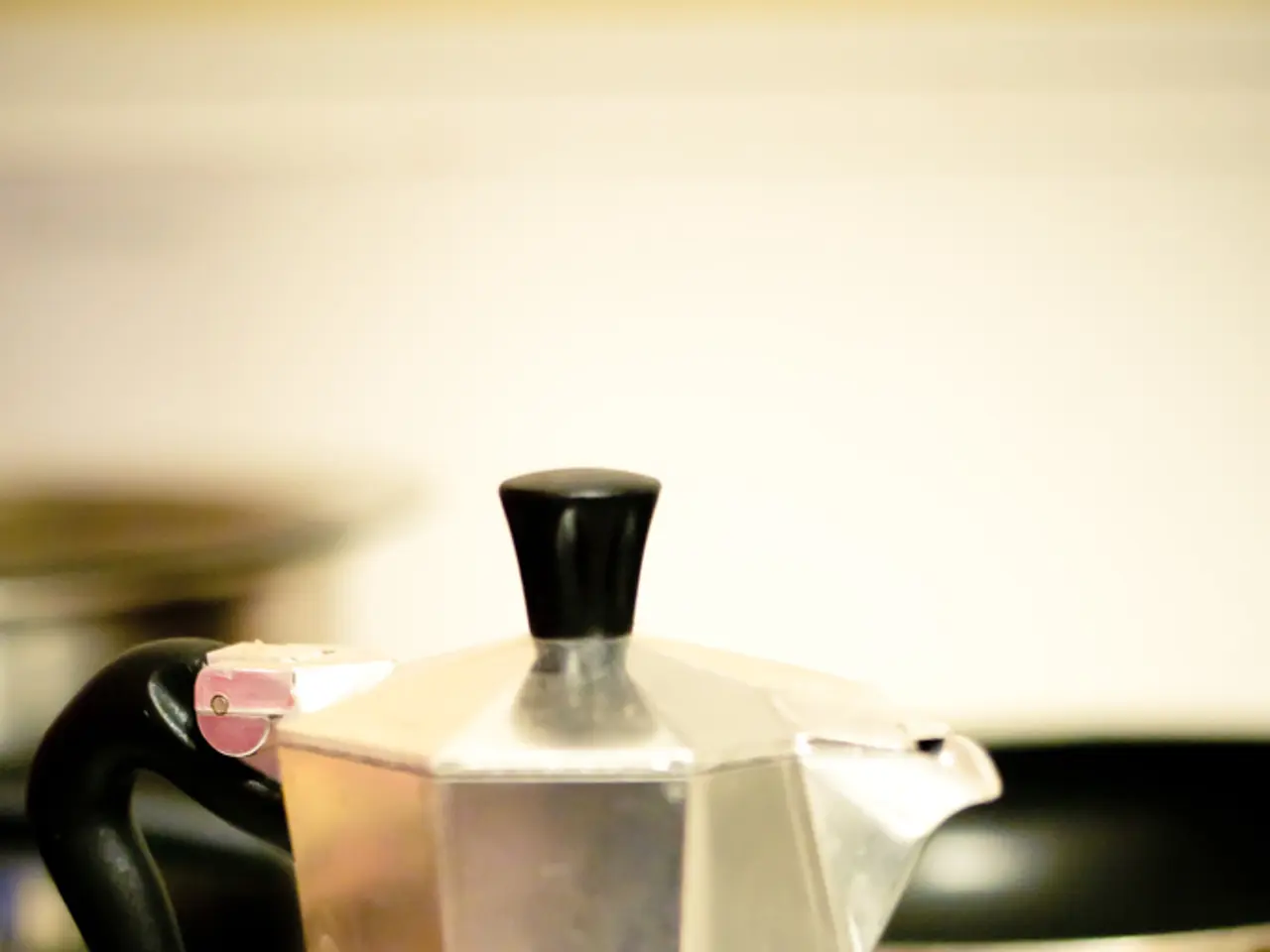Soil Sterilization Techniques Prior to Planting: Ensuring Maximum Plant Development
Sterilising soil is an essential step for gardeners who want to ensure their plants grow in a healthy and disease-free environment. Here are various methods to sterilise soil at home, each with its unique advantages and considerations.
Oven Sterilisation
Preheat your oven to 180-200°F (82-93°C) for slow sterilisation or up to about 375°F (190°C) for faster results. Place moist soil (not soaking wet) in an oven-safe container or pan, spread evenly about 2-3 inches deep. Cover the container with foil to keep moisture in. Heat the soil for about 30 minutes at 180-200°F, or 20-30 minutes at 375°F. Use a thermometer to ensure the soil temperature reaches 180°F (82°C) to kill most pathogens without damaging soil nutrients. Let soil cool before use.
Microwave Sterilisation
Use microwave-safe containers with moist soil. Microwave on high for 90 seconds to 3 minutes per 2 pounds (about 1 kg) of soil. Ensure soil is moist to create steam and evenly heat. Allow soil to cool before planting.
Steam Sterilisation
Put moist soil in a heatproof container (like a pot or tray). Place the container inside a large pot with a few inches of boiling water. Cover the pot with a lid to trap steam. Steam the soil for 30 minutes to 1 hour. This method is gentle and retains beneficial soil characteristics while killing pathogens.
Boiling Water Sterilisation
Place soil in a container or directly in the garden bed. Slowly pour boiling water evenly over the soil. Soak thoroughly to kill pests and pathogens. Allow soil to dry before planting. This method is quick but may also kill beneficial microbes, so use with care.
Sun Sterilisation (Solarisation)
Spread moist soil in a thin layer (4-6 inches) on a black plastic sheet. Cover tightly with clear plastic to trap heat. Place the setup in direct sunlight for 4-6 weeks during hot months. The trapped heat can raise soil temperature to 110-125°F (43-52°C) or higher, killing many pathogens and weed seeds. This method is natural and chemical-free but requires time and sufficient sunlight.
When sterilising soil, always moisten it beforehand, as dry soil heats unevenly and may not sterilise effectively. Avoid overheating soil to more than 200°C (392°F) to prevent releasing harmful gases and killing beneficial nutrients. After sterilisation, handle soil with clean tools to prevent recontamination. Sterilised soil often lacks beneficial microbes; consider adding compost or beneficial microbes post-sterilisation to restore soil health if needed.
These methods are effective for preparing soil for container gardening or treating garden soil to reduce disease and pests. Earthworms are thought to move deeper into the soil profile during solarisation, while sterilising soil with boiling water can maintain plant health by killing pathogens and soil pests. Clear or transparent plastic is generally a better choice than black plastic for solar sterilisation.
Before beginning the solarisation process, break up all clods and remove any litter from previous plants. Irrigate the soil until it is slightly moistened before covering it with plastic for solar sterilisation. For large batches of soil, boil enough water to saturate the amount of soil being used. Thinner plastic allows for better heating but is more susceptible to tearing, while thicker plastic should only be used in small areas.
Solar sterilisation, or solarisation, is a common way to sterilise large amounts of soil. The type and thickness of plastic used for solar sterilisation can impact its effectiveness. Beneficial soil organisms can survive solarisation or quickly recolonise the soil afterward. Sod and topsoil can be a good match, as sod provides a mature root system and topsoil provides nutrients for plant growth. Allow the soil to cool completely before planting any cuttings, seedlings, or plants.
Avoid splashing or allowing hot water to drain onto plants when pouring boiling water into the soil. Sterilising soil with boiling water involves placing the soil in a bowl and pouring boiling water over it, then working it around with a spoon. Remember that these methods are effective for reducing disease and pests, but they may also kill beneficial microbes, so use them with care.
- To help maintain a healthy lifestyle and garden environment, consider incorporating home-and-garden practices such as gardening that include sterilizing soil to ensure the growth of disease-free plants.
- Home gardens can benefit from various methods that promote a disease-free environment, such as the 'gardening' technique of sterilizing soil through solarization, which kills pathogens and weed seeds, leaving the soil rich in nutrients and ready for planting.




